Have you ever wondered what other fire performers are charging? It’s a timeless question that not only determines your value but also sets the value of fire performance as a profession. However important, it still seems that so many of our friends and colleagues struggle to determine their worth. Perhaps the problem stems from a lack of discourse around the topic. You may have noticed, like other professions, comparing wage is often looked as taboo, but in the community of flow, fire performers collaborate as frequently as they book themselves individually and they’re hardly the type to stay in the dark. So in the spirited pursuit of an answer to a long overdue question that needs to be asked, Love in the Fire is here to put kindle in the conversation. Where many see merit (and a round number for easy math) in the $500 per performer minimum rule, we’re not sure this is enough when other costs come into play. It’s certainly true that bigger jobs warrant bigger fees but let’s not forget that the $500/night certainly should not include the costs that agents and promoters take at the end of the night. In other words, the more people in the middle the more a client will need to pay to make the performance a financial success. It also seems common knowledge that some performers and performance groups can simply stage a better show than others, so how do we financially account for that value of hard-fought, sweat-soaked skill, and more importantly how do we convey that to a client so they see the value in paying a higher price?
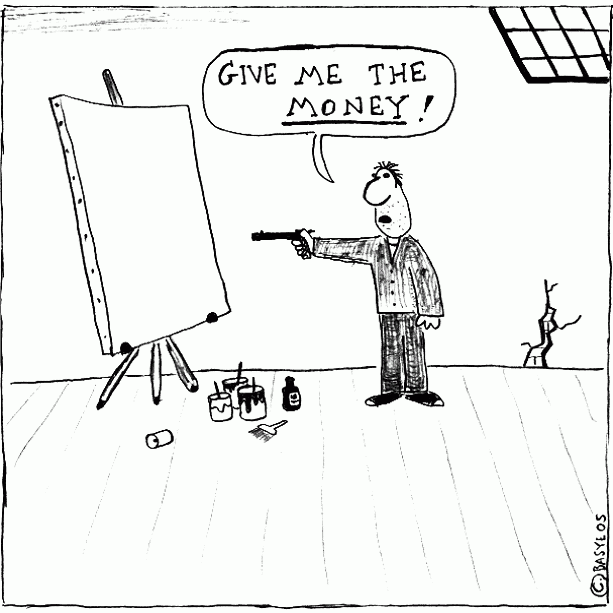
While there is no perfect formula to cover all performers, there very well could be a unique formula for each of us to find and develop. To do this we recommend experimenting with different pricing options to determine what works for you. As food for thought, we’ve put together some of our favorite suggestions and guidelines to kickoff the conversation.
Value ALL Your Work
There are those times when the show must go on… and on. The problem is when the performance outlasts the agreed length of said show. For encores, after parties and sit-in sets it’s a good idea to have a mention in your agreement so that any unexpected work is invoiceable. In addition to making a little more money ascribing a plain and simple value to your craft is another way to affirm yourself as a professional.
Think about Extra Hours as Overtime
Sometimes the client gets really excited about the show. When that happens it’s not uncommon for them to ask you for a few extra sets or an extra couple of hours at the end of the night. Getting swept up in the fun of performing makes it easy to overlook the fee, but that’s where (financially) a moderately successful evening can send a small profit up in smoke. Consider framing those costs like overtime pay, at time and a half or double-time. This incentivizes the client to sort out their schedules early and it compensates you fairly for the extra time.
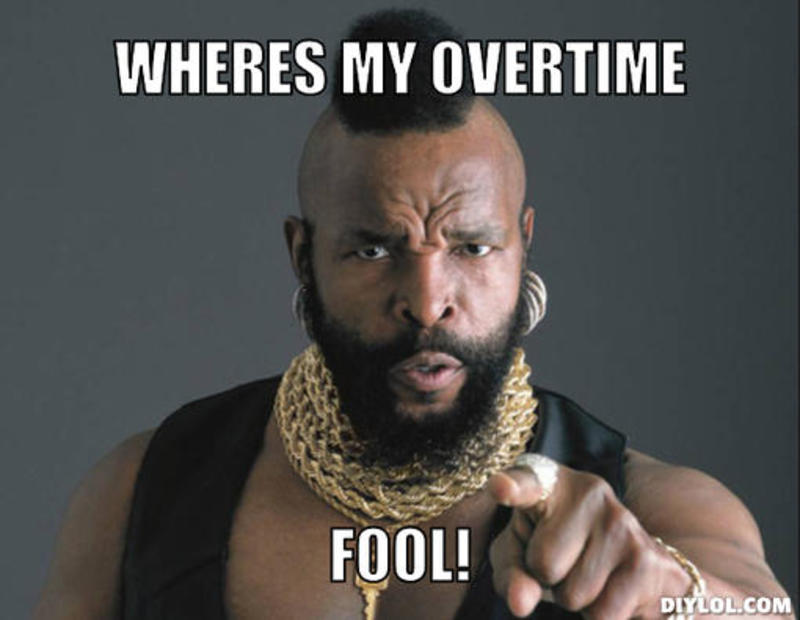
Assign a Value to Your Evening
The total value of an evening is one of those items that ought to be understood before curtain call. Taking on extra danger with multi prop sets, designing custom costumes or fabricating new gear are all ways to articulate the reasons one evening may cost more than another. Also, remember that some evenings and events fetch a higher fee than others. Holidays, festivals and corporate events are among some of the most appealing gigs because they foster a captive audience and better rates.
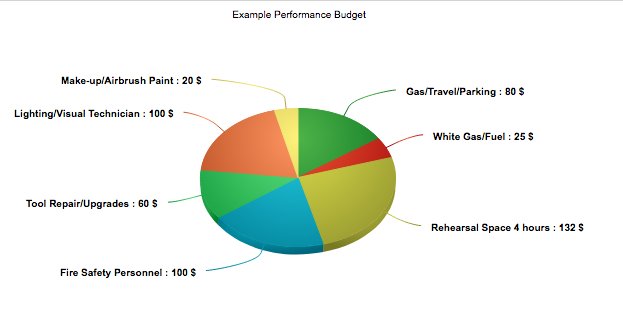
Smaller Sets Vs Bigger Shows
Understanding what you want to profit in the evening is the first step to creating manageable pricing options for clients, regardless of whether they want to book fire performers for a few smaller sets or a much bigger show. A bigger show could be one continuous act rotating through several performers and a smaller show could be booked in a few shorter sets ranging from 7 to 12 minutes, for example. Fees explained this way make it easy to understand that one big show may be preferred, but if booking smaller sets it will take at least a few to get a professional grade fire performer out of the house. Whether it’s a larger show or several smaller shows, setting up an identical rate for both options actually makes financial sense since the obligation and time commitment would still be about the same. In addition to being a more expressive method of storytelling, this approach also helps to convey that a bigger show with continuous action is better for captivating audiences, while a smaller show is great for ambiance.
Stick to Your Minimums
If hourly costs are a must, we can’t overstate the importance of clear minimums. For instance, a $200 per hour rate won’t be effective if you only get booked for an hour each night. Some may plan for higher wages or tips over the course of the evening but going into it with that expectation is a sure recipe for piping hot disappointment. One solution is requiring a two or a three-hour minimum, but in most cases established fire dancers just have a bare minimum that it takes to get them out of the house, even if it is just for a single 5-minute set! In groups, minimums can be a comfortable way to manage the costs for clients and a helpful way to provide a safety net of anticipated earnings for the members of your team.
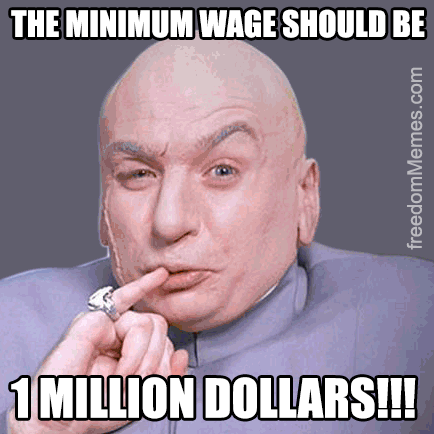
Backyard vs Professional
For most of us, we started in the backyard and later graduated to a professional tier. Transcending can take time but that’s no reason to discount a backyard performer who’s making a bid for the same show. These folks are highly skilled and come at a low cost so they have their appeal to many clients where cost is a key concern. Some just do it to have fun and leave insurance liability to the venue. Some don’t even show up with appropriate safety gear, including a fire safety blanket (duvetyne) AND fire extinguisher. The backyard holds a wealth of budding and seasoned talent so before turning pro it’s a great place to train with ninjas while you rack up street cred and hours in front of a live audience. However, a relationship with a strong professional fire performance crew is a lot like having an extinguisher on the wall. It’s not something you’ll use all the time but in a pinch it’s important to have one ready. In other words, if someone does approach you with an appetite for something fiery and big, then it’s a good idea to be linked up with a professional group who has experience bringing shows like that to life.
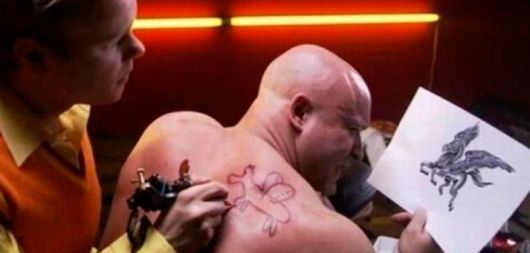
A NOTE OF CAUTION: As a backyard performer it is up to you to know your limits. There is not much worse for our performance community than a raging disappointment for a client who thought they were getting a professional show but ended up getting a pile of safety concerns instead. That client may never hire fire dancers again (and they will certainly tell their friends not to either), so take care to manage their expectations so that the experience doesn’t leave a bad taste in their mouth. It should matter to you because it matters for all of us.
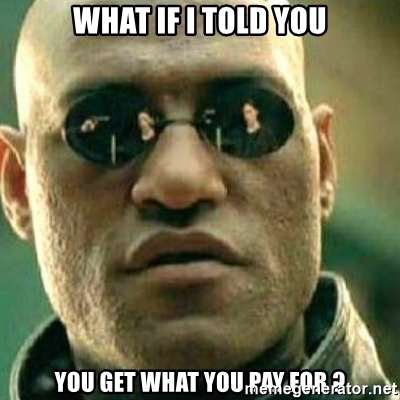
Costumes
One way to quickly separate the amateur from the pro is by their attire. It can easily be argued that there are few crafts more expressive and time-consuming than costumery. Nevertheless, this single aspect of performance can double or triple a performance budget with ease. Making costumes takes time, money, and creativity but it’s essential when the booking calls you to adopt the theme of an event. Whether as a character in a story or an interactive part of the decor costumes carry hidden fees that are easy to overlook in the excitement of scheduling the show. Especially for larger performances, partnering with a professional crew (who has access to a designer and wardrobe) can be particularly useful when it comes time to talk budget. So, if you are ever feeling like discounting your value even for a single performance just remember how long it took you to craft that costume. Remember the cost of dry cleaning those whites, or of finding all the perfect materials to get the event colors just right. Remember that month-long costuming project that you ended up scrapping cause it didn’t come out the way you wanted. Costumes are spendy! Below are a few of our favorite costumes for inspiration.
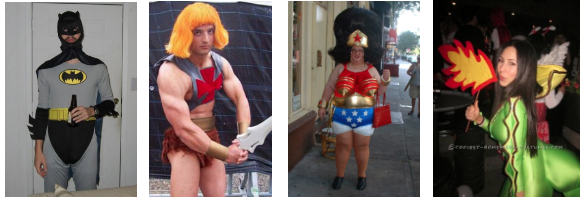
Keep Your Costs Covered
When you talk about the costs that it takes to run a business most people think of miles on the car and insurance to keep it legit. The fact is that from white gas to wicks, the costs associated with fire performance are easy to overlook. Tally them to figure out how much goes into your overhead (including fire insurance) and add amounts for savings and living expenses. Those bits add up so remembering them can be important. In fact, you may even say considering all those little extras is the difference between a flowmie with a fee and a professional fire performer there to take it to the next level.
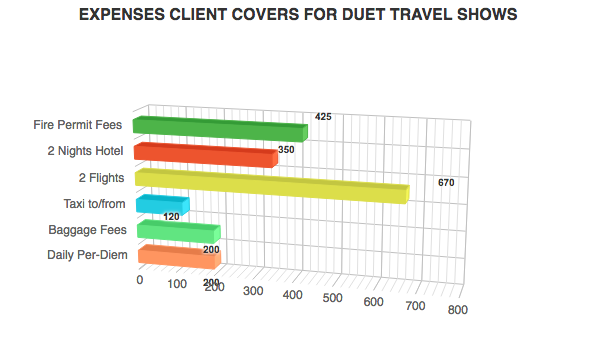
What do you think? How do you determine a fair rate for a fire performance? Share your tips in the comments below and lets all work together to take this art form (and our incomes) to a higher level!!
Featured Image by Dustin Engelskind

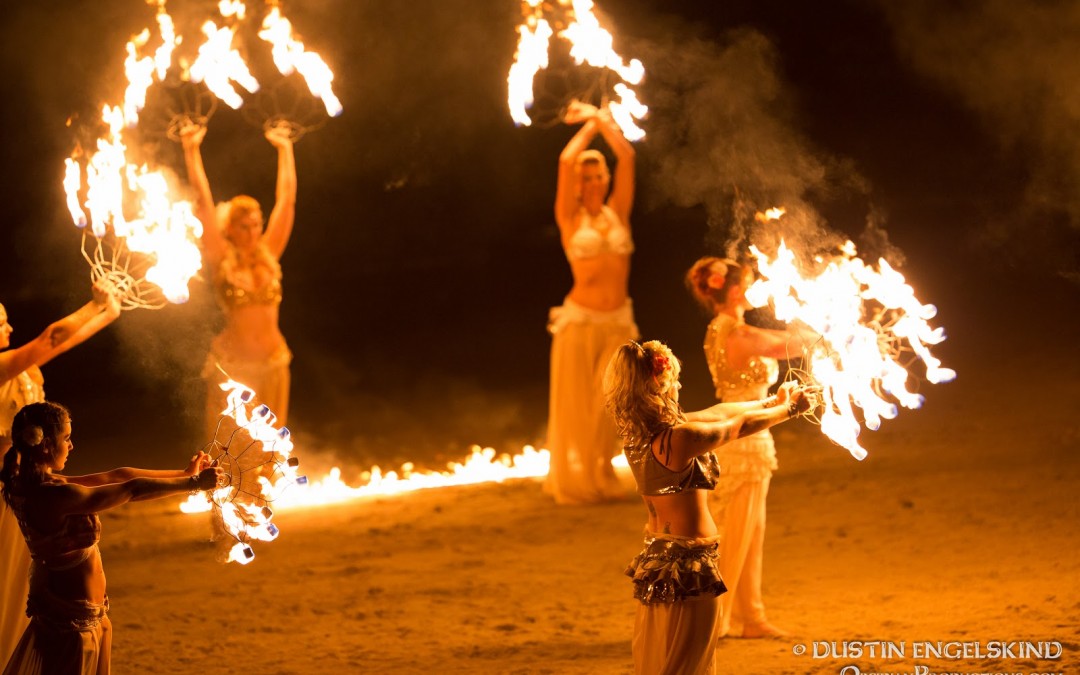
Hello what the fuck